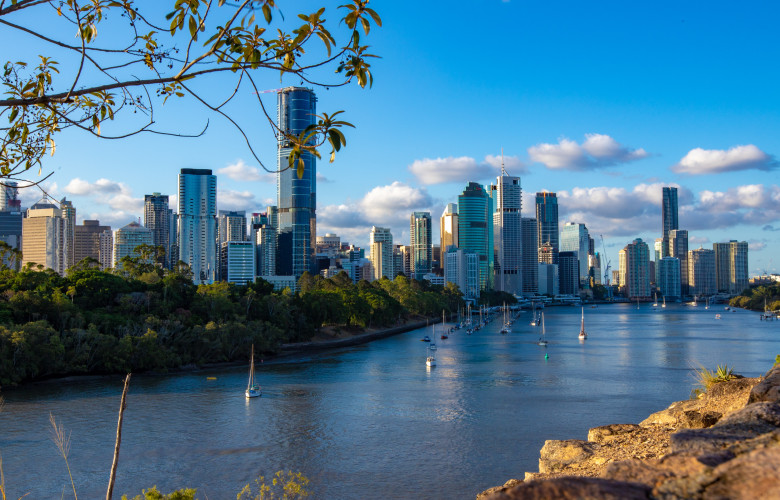John McGrath – Rebound strongest at upper end in our capitals
Contact
John McGrath – Rebound strongest at upper end in our capitals
John McGrath, founder and executive director of McGrath Estate Agents explains why the pricier inner ring has rebounded fastest when it comes to strong price growth.
There was further strong price growth in all capital cities bar Darwin in February, with the East Coast capitals and Hobart leading the charge and the pricier inner ring areas rebounding the strongest.
Sydney home values surged +1.7 per cent, Melbourne +1.2 per cent, Canberra and Hobart +0.8 per cent and Brisbane +0.6 per cent, according to CoreLogic.
When we break this down across various price brackets, it’s the upper quartile or the most expensive quarter of the market that is performing best.
Across the combined capital cities, upper quartile property prices are now +11.4 per cent higher over the year compared to just +0.8 per cent for the lower quartile.
The trend is strongest in Sydney, Melbourne and Brisbane.
In Sydney, the top quartile rose +13.3 per cent compared to +5.6 per cent in the lower quartile over the year. Melbourne had +14.2 per cent growth at the top compared +to 7.6 per cent at the bottom.
Brisbane has +2.2 per cent versus +1.3 per cent.
Here’s why the upper market is recovering fastest
1. The upper quartile of homes experienced a bigger price correction during the downturn
2. Owner occupiers are dominating the market and tend to buy in higher price brackets as they upgrade
3. Investor demand is low, which is contributing to lower demand in the lower price quartile
4. Lenders are favouring higher quality loan applicants who generally have larger deposits, less debt and stronger incomes and thus, tend to buy in higher price brackets
5. The strength of Australia’s IT and entrepreneurial sectors is resulting in higher demand for ultra-prestige trophy homes
Inevitably, as the upper quartile completes its recovery and returns to 2017 highs, demand will spread to middle and outer rings.
Affordability and a lack of income growth will eventually push buyers to the next suburb in search of slightly cheaper prices as the recovery continues.
This means the opportunity to buy for an attractive recovery price in middle and outer markets is time limited.
Soon enough, demand will ripple out from the upper quartile to the lower quartiles.
If you’re interested in buying a new home or investment in the middle or lower quartile markets, my top tip is to buy close to new infrastructure either recently opened or in the construction phase.
Nothing jumpstarts price growth like new transport links that reduce the commute to work!
The latest interest rate cut announced last week will no doubt accelerate the market recovery, as it will boost borrowing capacity a little further and encourage more buyers into property, especially cash investors who don’t want to re-invest in term deposits or high interest accounts any more.
Property is a reliable, stable asset class for conservative investors compared to the more volatile stock market.
Recent equity wobbles, including the fastest correction in US history with a 10 per cent drop over six days in the S&P 500* will remind people of the comparative safety of blue-chip property.
For more information including articles, checklists, guides and more visit McGrath’s Insights Centre
Similar to this:
John McGrath – Tips for investors while borrowing money is cheap





